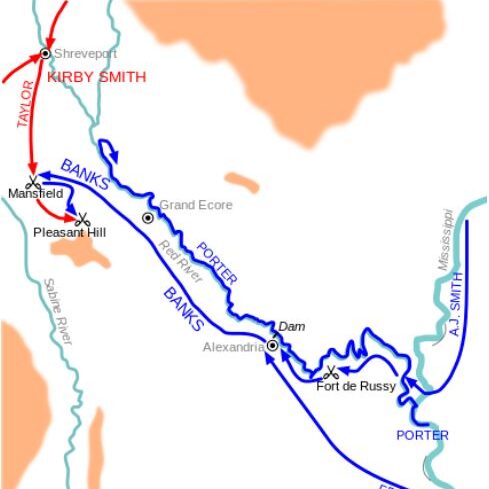The Red River campaign of 1864 stands as one of the most ambitious yet ultimately unsuccessful operations of the American Civil War.
Led by General Nathaniel Banks, the campaign was intended to seize control of northwest Louisiana and east Texas by capturing the critical Confederate stronghold of Shreveport.
But what were the key goals behind this risky Union Red River offensive? In this article, we’ll explore the primary strategic objectives that drove the planning and execution of Banks’ Red River expedition and how its failure impacted the wider war effort.
1. Objectives of the Red River Campaign
Seizing Shreveport and Disrupting Confederate Control
One of the main goals of the Red River campaign was to capture the city of Shreveport, Louisiana, which served as the capital of the Confederacy’s Trans-Mississippi Department.
In Union eyes, Shreveport was a strategically vital stronghold that connected Texas and Arkansas to the rest of the South.
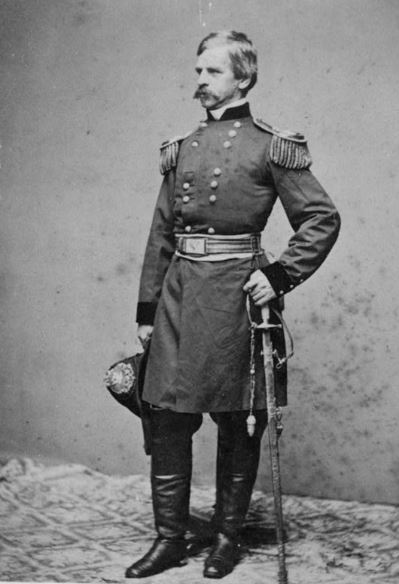
General Banks and General Halleck believed that taking Shreveport would sever the links between these three states and make it harder for the western Confederacy to coordinate actions with Robert E. Lee’s Army of Northern Virginia and other Confederates forces further east. The city was also an important industrial and commercial hub that produced munitions, uniforms and supplies for Confederate troops across multiple states.
Capturing Shreveport and gaining control over northern Louisiana would also help the Union consolidate power in the state as a whole after establishing a solid foothold in New Orleans and Baton Rouge. This would further isolate Texas and Arkansas from the rest of the Confederacy.
Gaining Control of the Red River
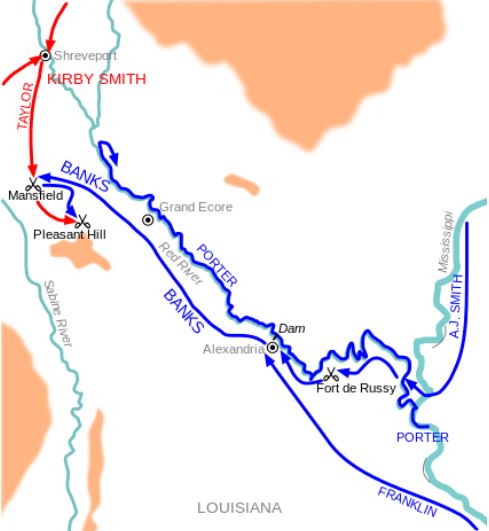
In addition to targeting Shreveport itself, the campaign aimed to gain full Union control over the Red River Valley, a strategically and economically vital region.
The Red River was a major transportation route that allowed the Confederacy to move troops, supplies and commercial goods between Texas, Arkansas, Louisiana and Mississippi. If the Union could seize control of this waterway, it would be another blow to Confederate logistics and supply lines.
The surrounding Red River Valley was one of the most productive cotton-growing regions in the entire South. Capturing it had the added economic benefit of denying this resource to the Confederates war effort. Cotton was a crucial Southern export used to raise funds and purchase weapons and materials from Europe.
Supporting Other Union Campaigns
The Red River campaign was also closely coordinated as part of the Union’s wider strategy in the Trans-Mississippi theater. The operations against Shreveport and along the Red River were intended to support General Frederick Steele’s efforts to defeat Confederate forces in Arkansas.
By putting pressure on Confederates troops across multiple states simultaneously, the Union commanders hoped to prevent them from reinforcing each other. This would assist Union forces on each front.
In the bigger picture, operations in Louisiana and Texas were designed to complement General Sherman’s Atlanta campaign by occupying Confederate manpower and resources in the West. This would aid Sherman’s push into Georgia that was happening concurrently.
The objectives of the Red River campaign highlight the interconnected strategic calculations that went into Union war planning in 1864. By targeting Shreveport and the Red River Valley, General Banks hoped to disrupt Confederate control over a critical region and support Union advances across multiple fronts.
2. Who were the key players in the Red River campaign?
Union Leadership
The Union forces in the Red River campaign were led by Major General Nathaniel P. Banks.
Banks was an experienced, yet overly cautious, commander who had previously led campaigns in Virginia and Louisiana. For the Red River operation, Banks commanded the Army of the Gulf, consisting of around 30,000 men drawn from units across the Gulf region.
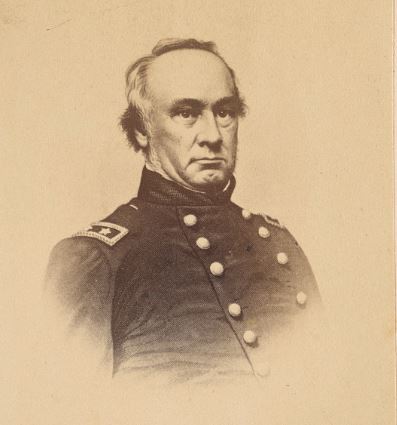
Banks worked under General-in-Chief Henry Halleck in Washington, who helped devise the strategy for the campaign but gave Banks considerable flexibility in its execution.
Confederate Forces Involved
Facing Banks’ Army of the Gulf were Confederate forces from the Trans-Mississippi Department, led by General Edmund Kirby Smith.
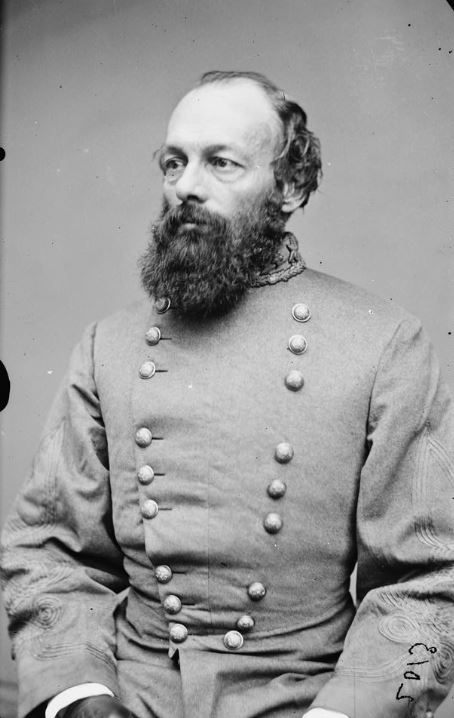
The main Confederate army opposing Banks’ advance down the Red River was the approximately 12,000 men under General Richard Taylor. Taylor, son of former U.S. President Zachary Taylor, was an energetic and skillful commander who had achieved earlier successes in Louisiana.
Taylor was able to use his first-hand knowledge of the difficult terrain as well as his strong rapport with his troops to his advantage in resisting the Union expedition.
Confederate forces in Arkansas under General Sterling Price posed a threat to Union operations in that state, forcing General Steele to operate cautiously instead of supporting Banks. This lack of coordination hampered the overall Union effort.
The leadership and troop dispositions on both sides would prove decisive in the ultimate outcome of Banks’ ill-fated campaign. Despite numerical superiority, poor execution and command decisions on the Union side were exploited fully by the outnumbered but opportunistic Confederate forces.
3. What were the challenges faced during the Red River Campaign?
Logistical difficulties during the Red River Campaign
The Union invasion force faced major logistical hurdles even before the fighting began. The Red River expedition relied heavily on water transport, but fluctuating water levels posed problems for the naval fleet and supply boats.
General Banks had failed to adequately assess conditions on the Red River, leaving his troops undersupplied and reliant on foraging from the countryside. Transporting men and equipment overland was extremely challenging in the backcountry of Louisiana.
Low Water Levels in the Red River

Complicating logistics further, the Red River was unusually low when Banks launched his campaign. The river was the centerpiece of his advance, intended to carry gunboats and supplies deep into Confederate territory.
But the low water levels stranded some boats, forcing them to turn back entirely. Other ships ran aground or were immobilized, unable to provide fire support or carry provisions. The Navy could not reliably support Army operations.
Stiff Confederate Resistance
Beyond environmental challenges, Banks’ forces met fierce resistance from General Taylor’s outnumbered but highly motivated Confederate troops.
Taylor’s men made excellent use of the difficult terrain, springing ambushes in dense woods and neutralizing many of the Union’s advantages in men and firepower. Confederates cavalry also slowed the Union advance.
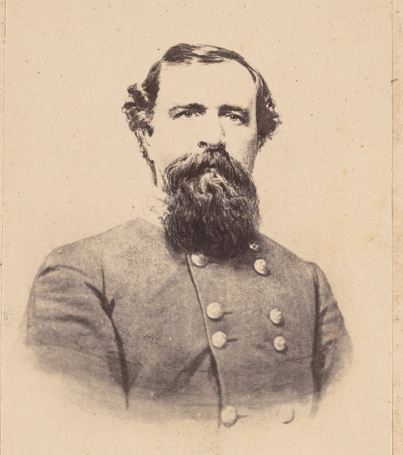
At key points like Mansfield and Pleasant Hill, Taylor won tactical victories against Banks’ troops despite the odds. This tenacious defense combined with natural obstacles to halt the Union expedition well short of its ultimate objective, Shreveport.
4. How the Red River campaign unfolded
The Red River campaign kicked off in March 1864 with the Union armada of gunboats and transport vessels ascending the Red River towards Shreveport.
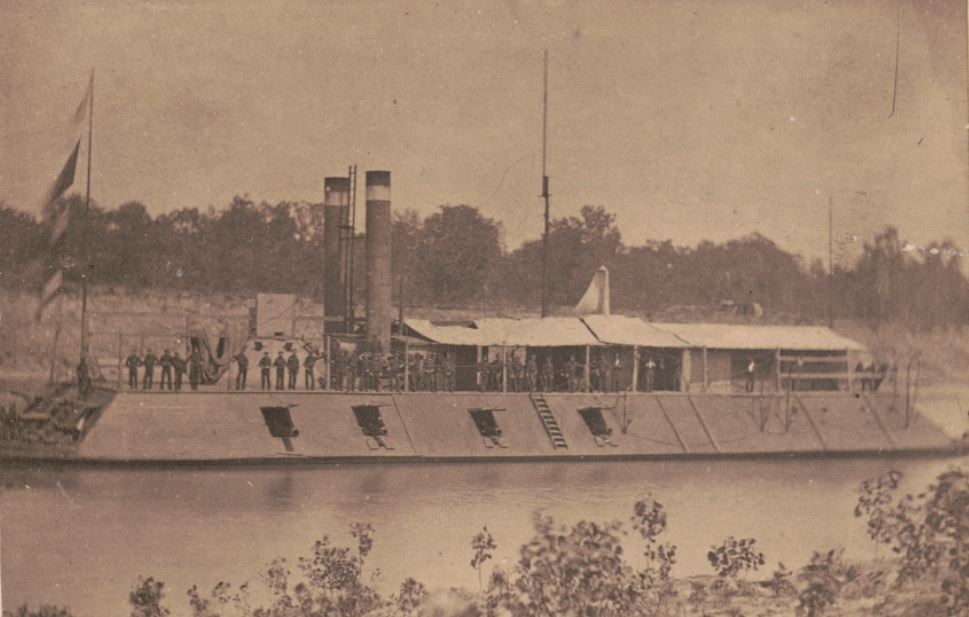
Here is an overview of how the Red River campaign unfolded and the coordination between naval and land forces:
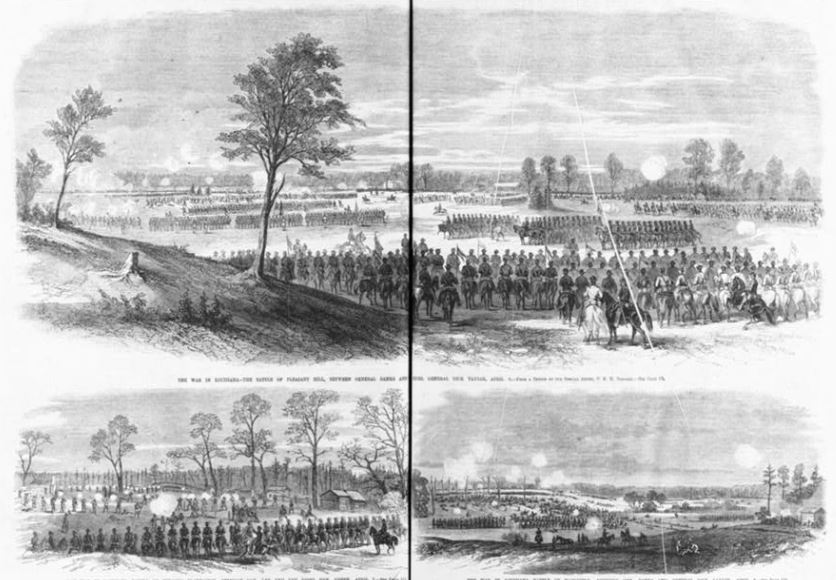
- March 1864 – The Red River campaign begins with Union naval forces under Admiral Porter ascending the Red River towards Shreveport, followed by General Banks’ army marching northwards through Louisiana.
- Early April 1864 – Confederate forces under General Taylor mount resistance and delay the Union advance:
- Mansfield (April 8) – Taylor achieves tactical victory and deals heavy casualties to Banks’ forces
- Pleasant Hill (April 9) – Despite some initial Union gains, Taylor ultimately wins another victory causing Banks to retreat
- April-May 1864 – Banks’ defeated Union forces conduct a long, slow retreat back down the Red River Valley:
- Confederates pursue Banks and inflict losses in rear guard actions
- Notable rearguard actions fought at Monett’s Ferry, Mansura, Yellow Bayou
- Low river levels continue to slow Union retreat
- May 1864 – Remaining Union land and naval forces finally retreat back towards the Mississippi, having failed to achieve the objective of capturing Shreveport.
- Coordination between naval forces under Porter and Banks’ army was insufficient:
- Naval gunboats unable to support and reinforce land forces at critical points
- Low river levels prevented mobility and joint actions
- Lack of coordination was a major factor in the failure to take Shreveport
5. What was the impact of Red River Campaign?
Impact on the Overall Civil War
The failed Red River campaign had a mixed impact on the overall war effort for the Union.
On one hand, the inability to capture Shreveport and control the Red River Valley was a missed strategic opportunity to sever vital Confederate supply and transportation lines in the Trans-Mississippi theater. This left Texas able to continue providing men and materials to Confederates armies elsewhere.
The campaign also withdrew significant Union manpower and naval assets from other key fronts at a crucial stage of the war in 1864, including Sherman’s advance on Atlanta and Grant’s Overland campaign towards Richmond.
However, the presence of Banks’ forces in Louisiana did occupy Confederate troops under General Taylor, preventing them from reinforcing their beleaguered comrades back east.
Lessons Learned from Red River Campaign
Here are the key lessons the Union learned from the failed Red River campaign:
- Better logistical preparation and planning is essential for joint Army-Navy campaigns using inland waterways. The Union forces suffered from inadequate planning and supply issues on the Red River.
- Coordination between naval and land forces is vital for success in combined operations. The lack of coordination between Banks and Porter was a major factor in the failure.
- Flaws in the Union command structure and oversight need to be addressed. Greater involvement from Grant or Sherman may have prevented Banks’ mistakes.
- Confederate mobility and knowledge of local terrain can undermine numerical superiority. Taylor’s troops used the environment to their advantage.
- Political appointments should not override military merit in senior leadership roles. Banks’ track record was questionable.
- A single defeat can damage troop morale and derail an otherwise viable campaign. Mansfield shook Union confidence.
- Confederate resistance could be fiercer than expected even when outnumbered. The Confederates were highly motivated.
- Overconfidence and strategic overreach can lead to mistakes and reversals. The Union bit off more than it could chew.
- Environmental factors like low rivers must be accounted for in planning river-based campaigns.
- Occupying enemy forces in one region has benefits for other fronts. Banks occupied Taylor’s troops.
Further Reading
If you enjoyed this article, you may be interested to read more about Louisiana in the Civil War or other American Civil War events, such as battles in Maryland, North Carolina or more general American history.

